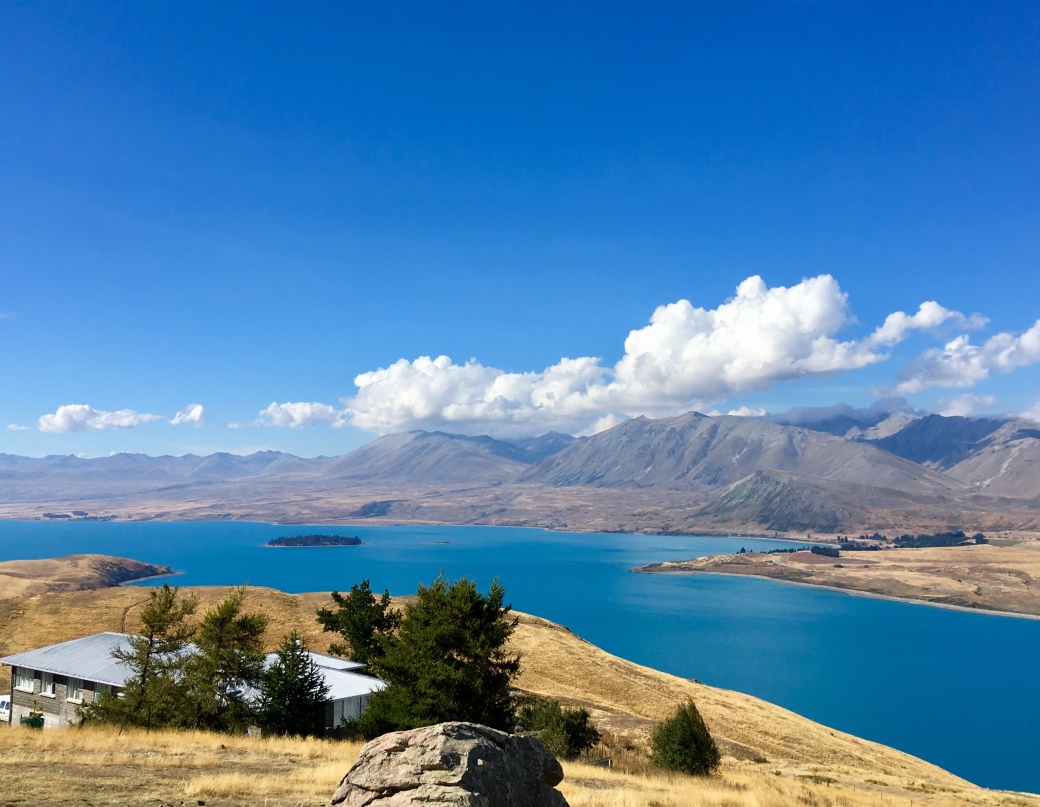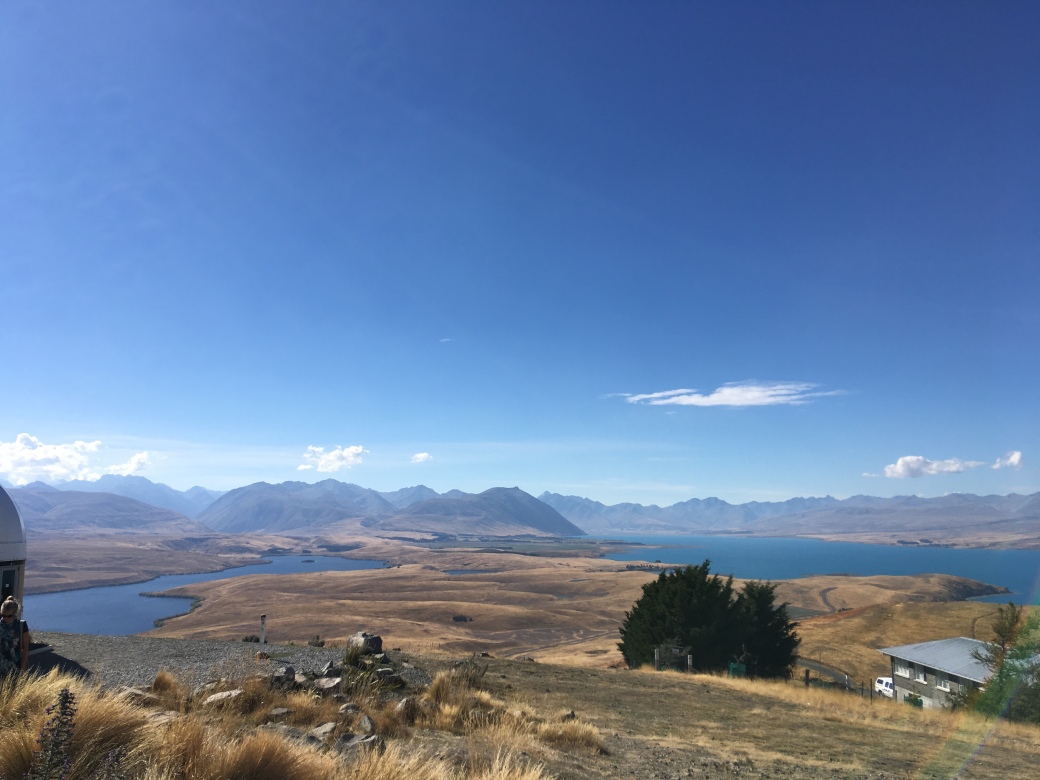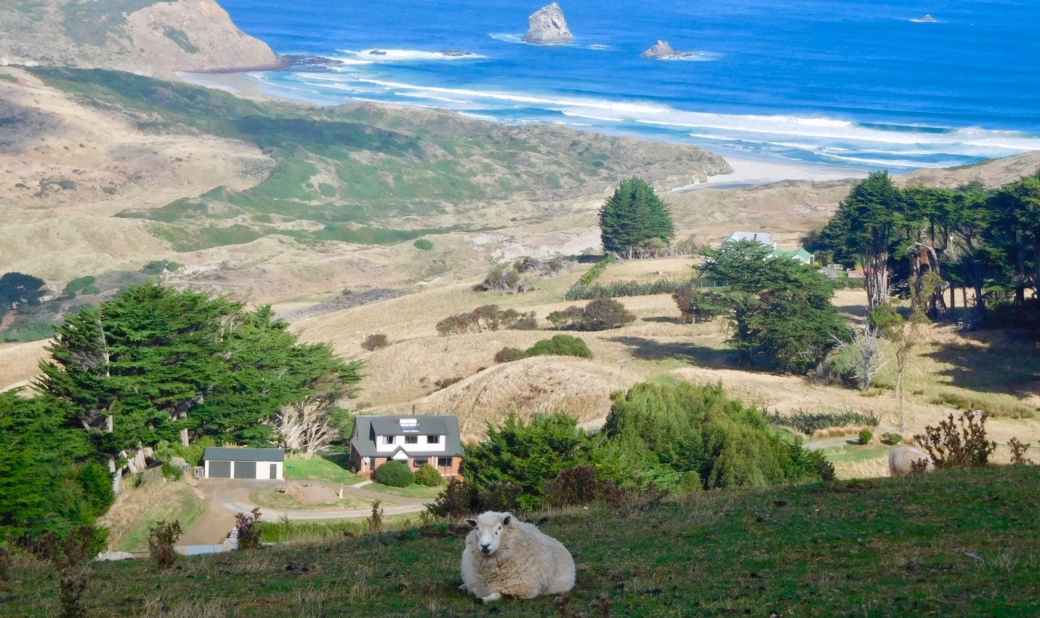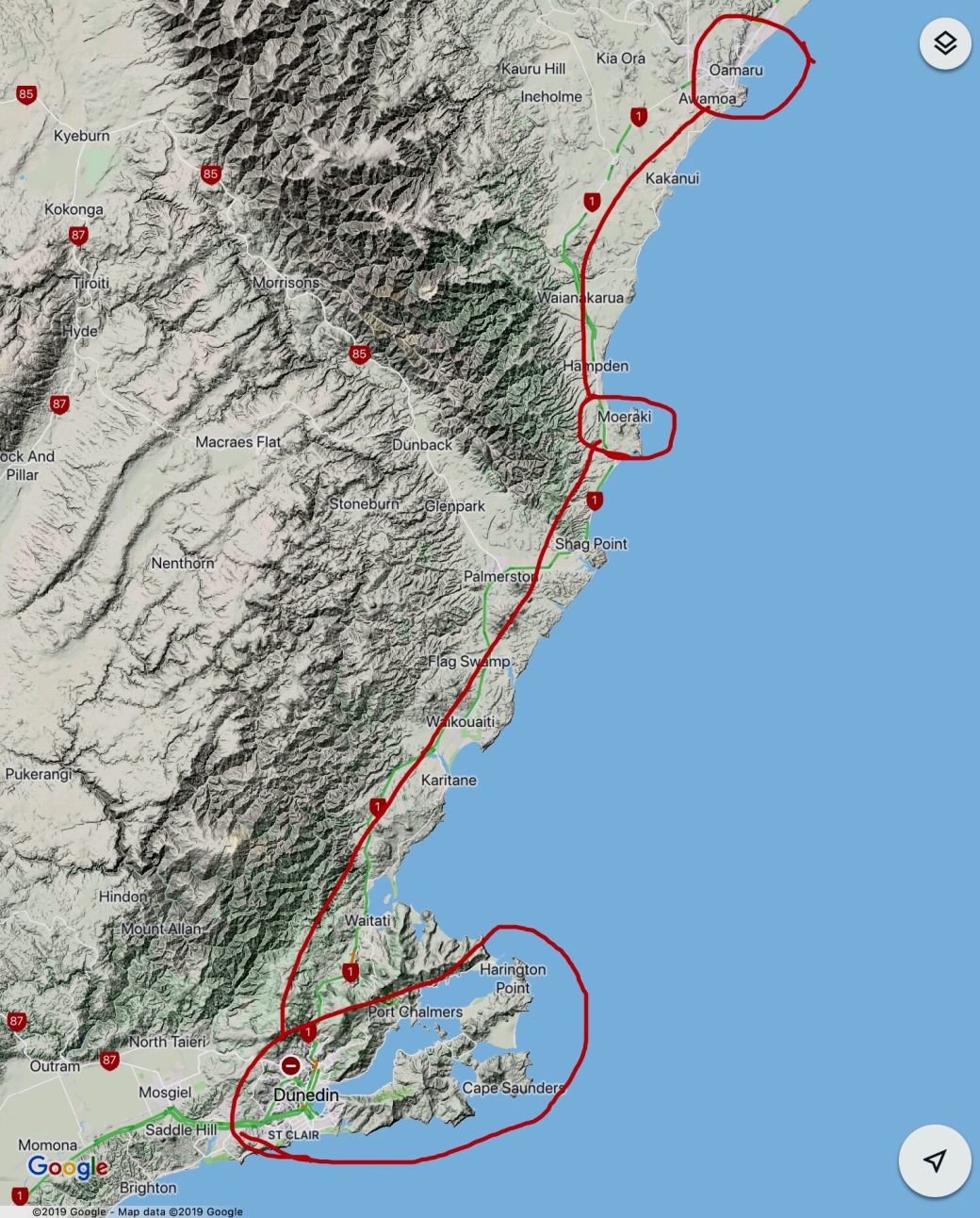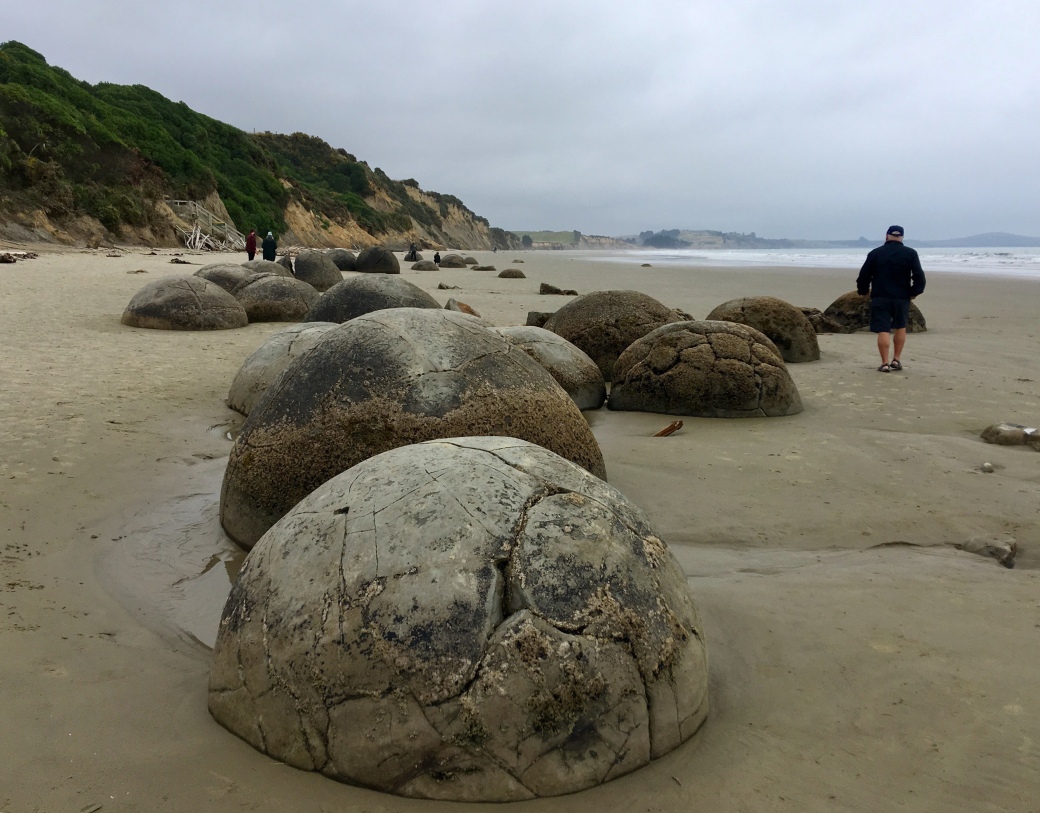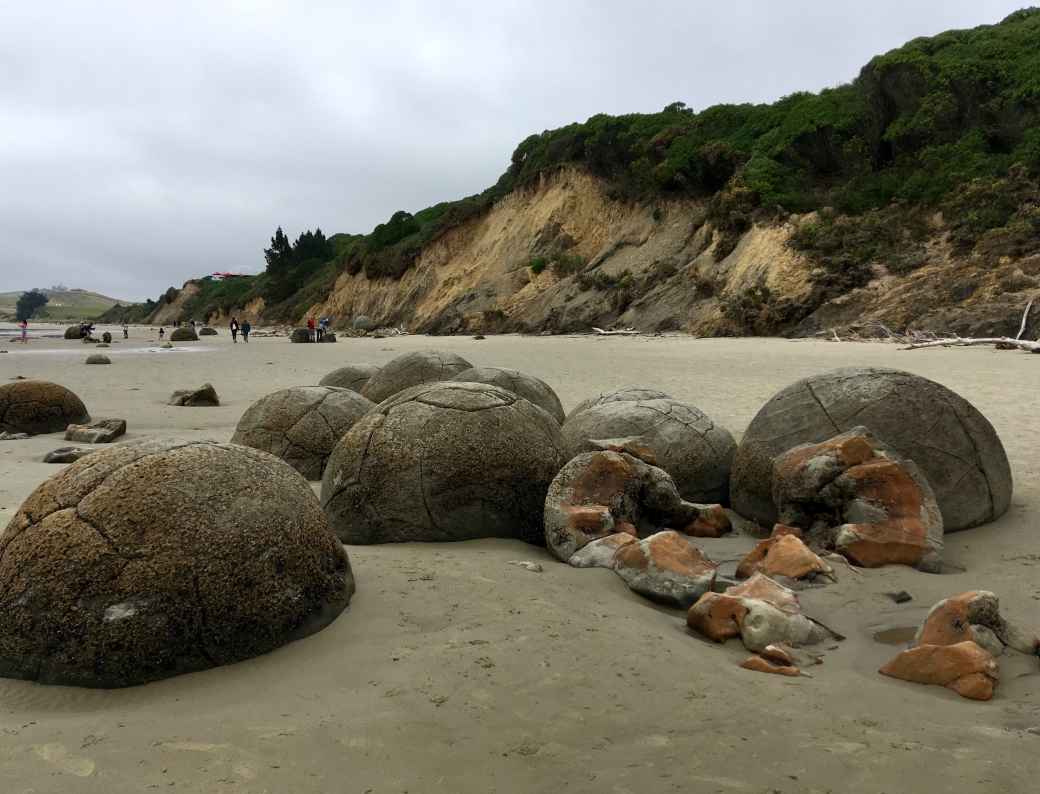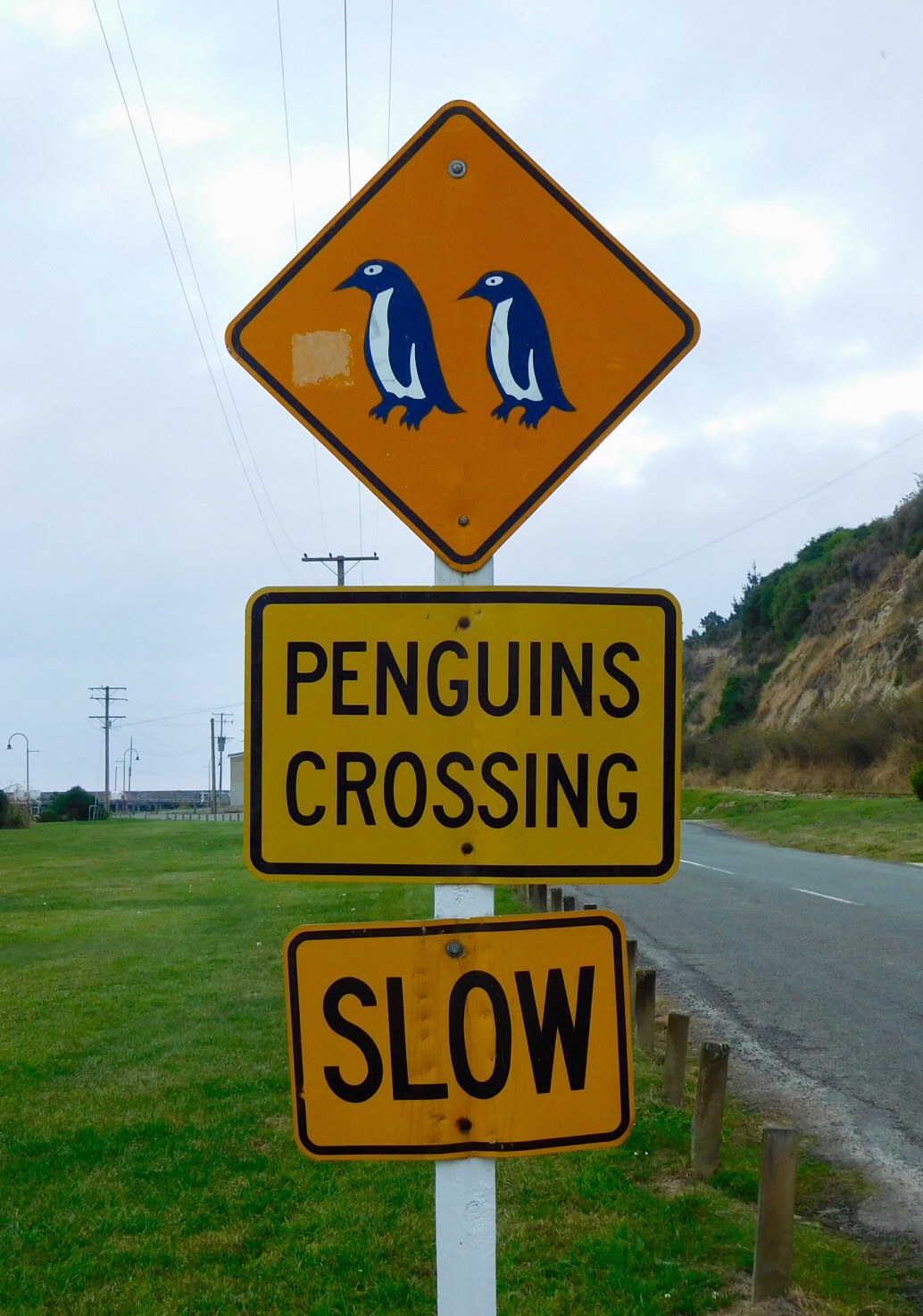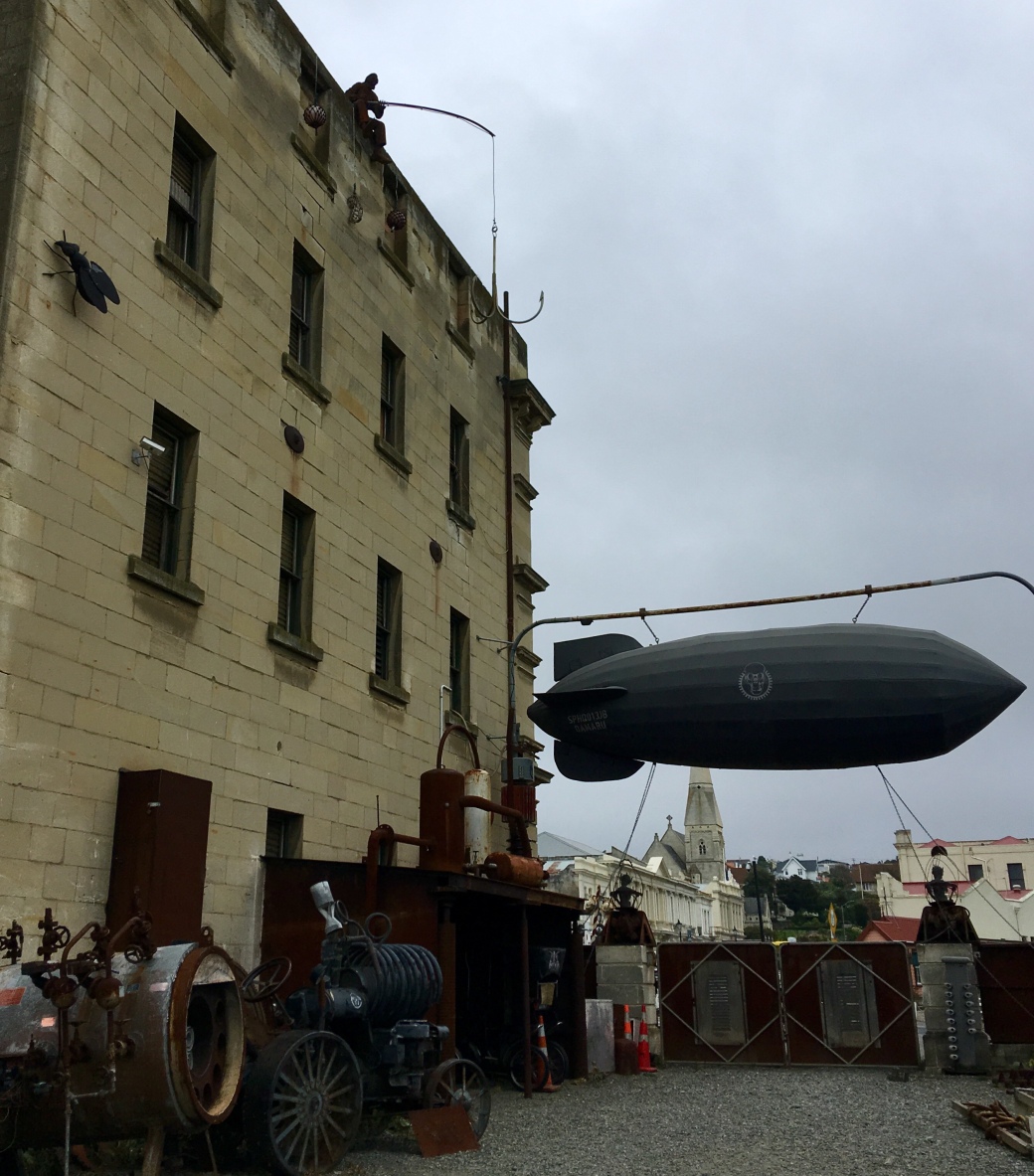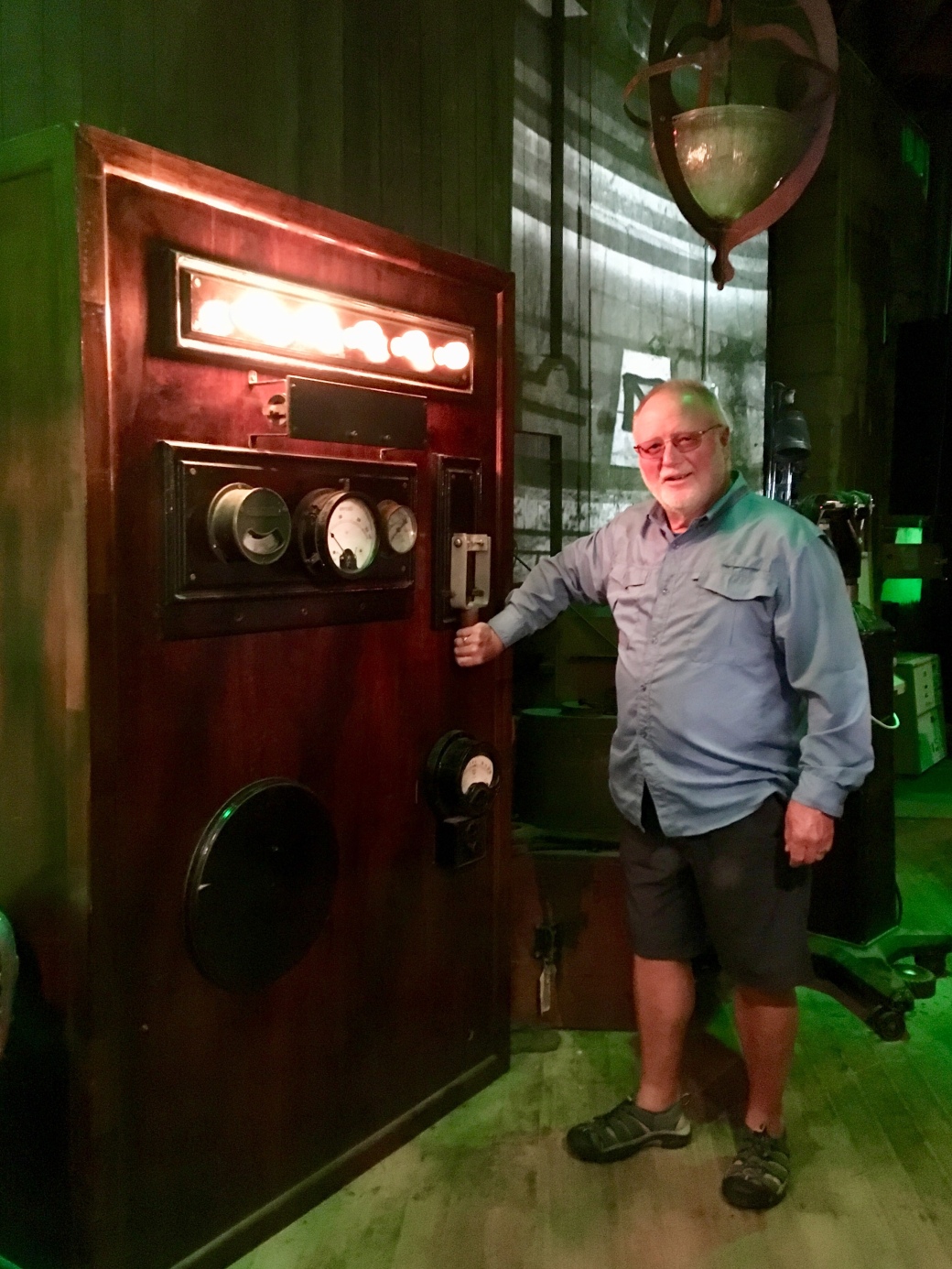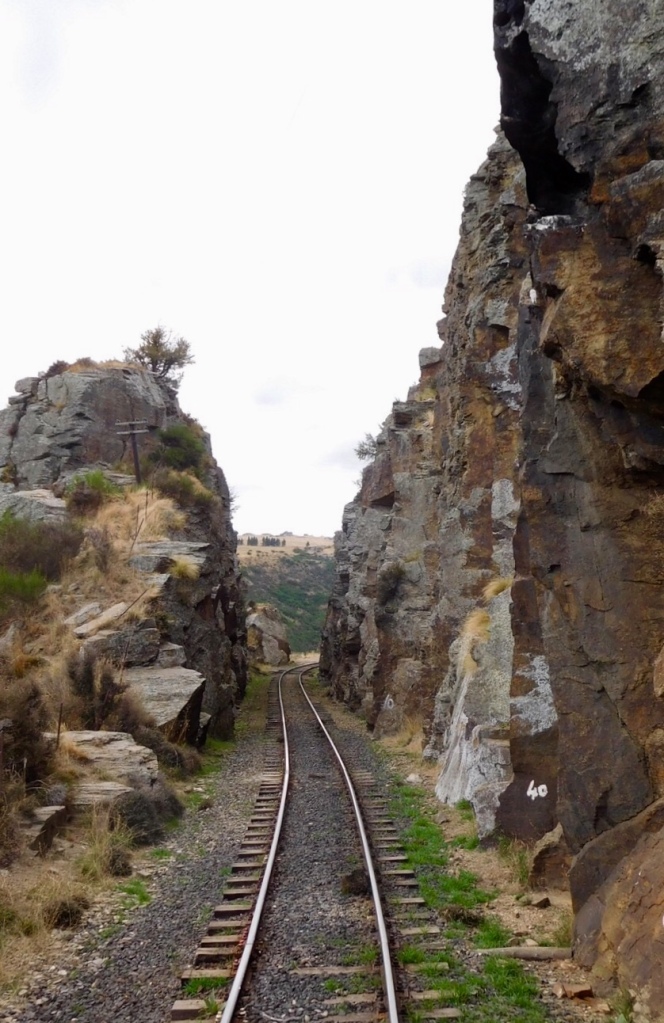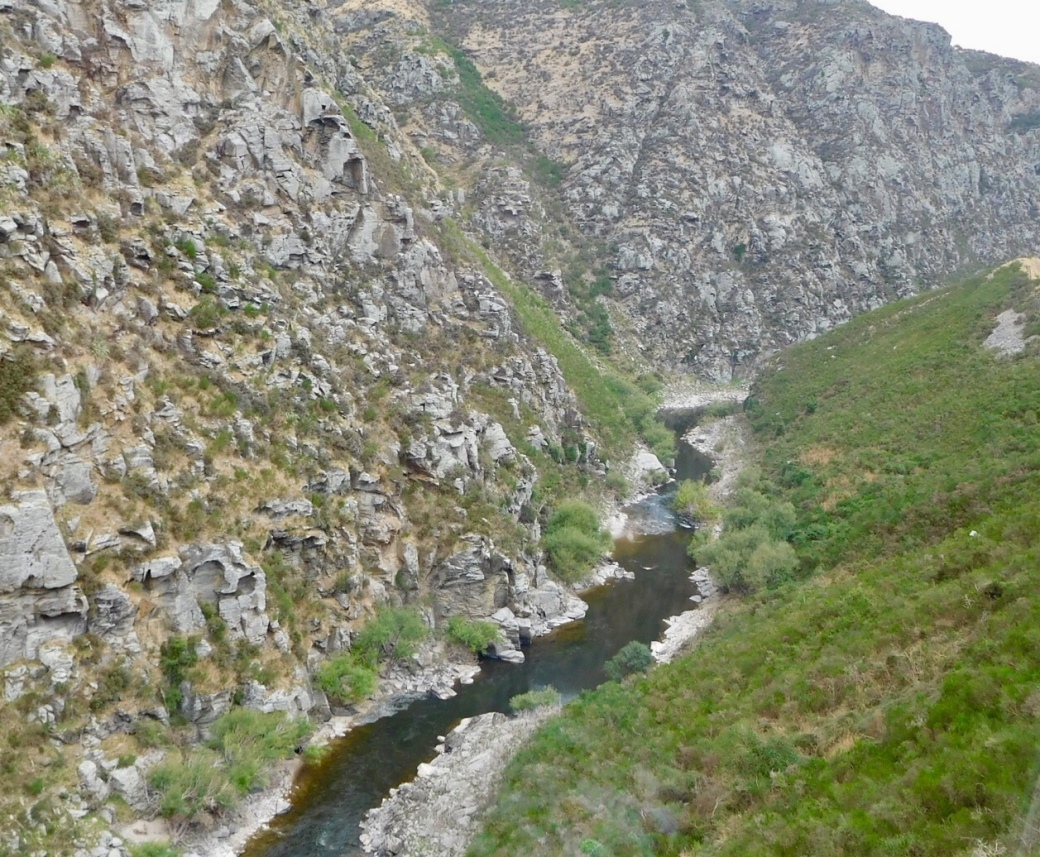We enjoyed a pleasant crossing of the Cook Strait to return to the North Island. We dove east through the Rimutaka Forest Park, a mountain range with twisting switchback roads full of mid-day traffic. The area is meteorologically isolated, creating a pleasant climate in the Martinborough area but a challenging drive to reach the area.
The small town of Martinborough is known as a weekend destination for wine-tasting excursions. The shaded central square with its old hotel, boutique shops and wine bank provides a quaint setting for a town devoted to wine tourism. A number of small vineyards are within walking distance of the town square and can be easily visited in an afternoon.

Ata Rangi Vineyard was recommended to us, and we enjoyed an interesting private tour and tasting. A visit to Luna Vineyards was next to sample wines that are exported to China.


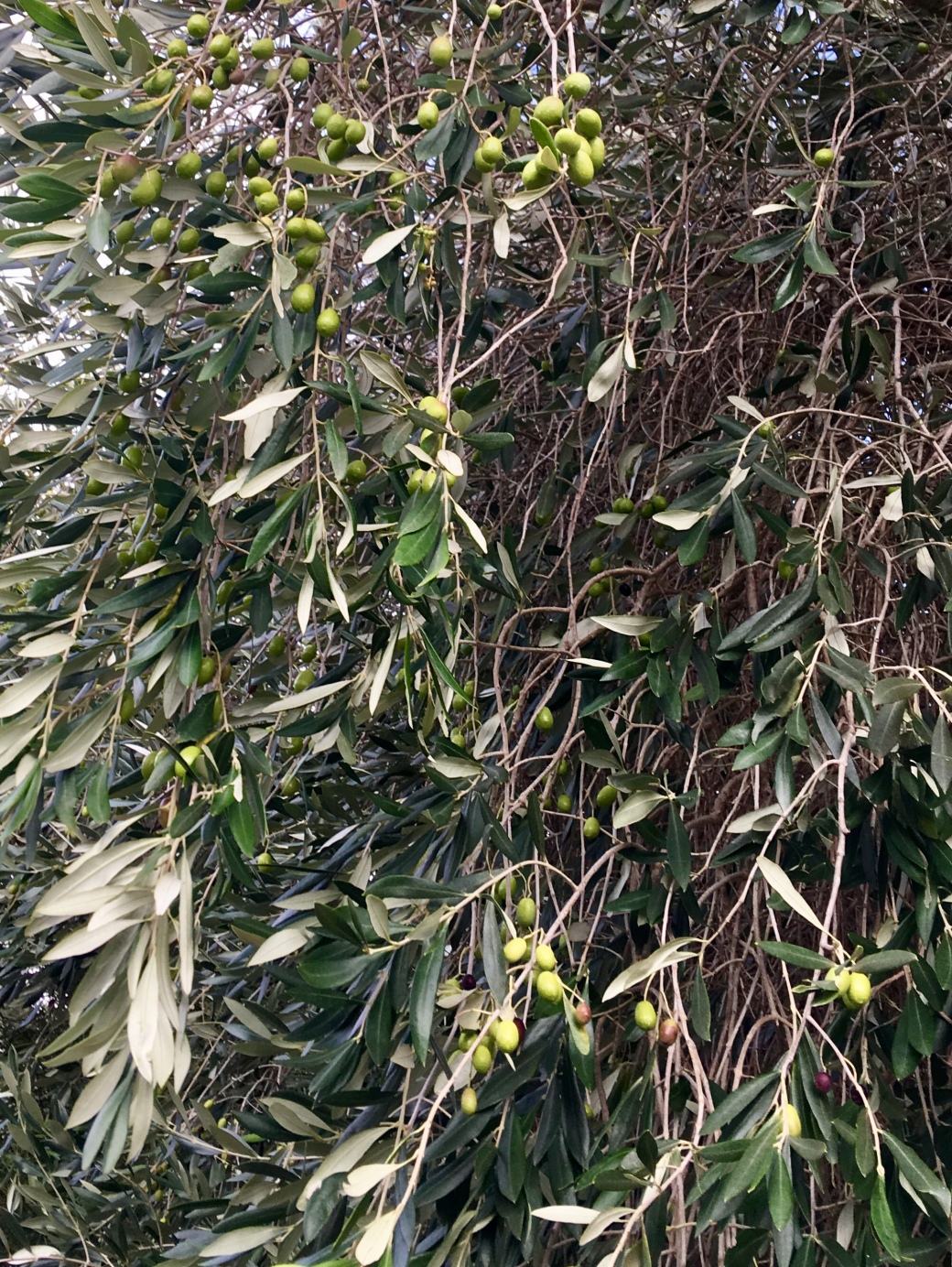

 An hour’s drive south of Martinborough is the resort town of Lake Ferry and the Cook Strait. This coast is rough surf, huge waves breaking on a stony beach. We spotted a lone fur seal basking in the weak sunshine. The landscape is dramatic cliffs made of layers of clay and rock from long-gone river beds and steep-sided valleys and lowland pastures, dotted with sheep.
An hour’s drive south of Martinborough is the resort town of Lake Ferry and the Cook Strait. This coast is rough surf, huge waves breaking on a stony beach. We spotted a lone fur seal basking in the weak sunshine. The landscape is dramatic cliffs made of layers of clay and rock from long-gone river beds and steep-sided valleys and lowland pastures, dotted with sheep.



A fur seal


Before we left Martinborough, we enjoyed a special treat, a delicious 3-course dinner at Tirohana winery. Even better, van service is provided so we were free to enjoy the cellar’s wonderful vintages.












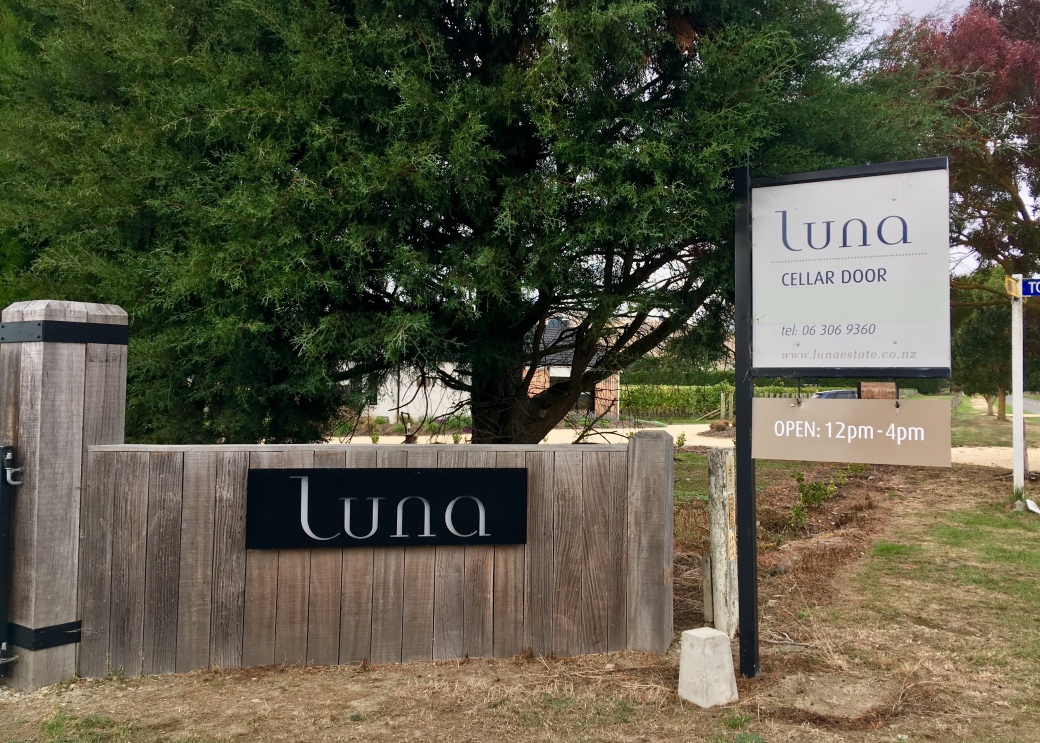











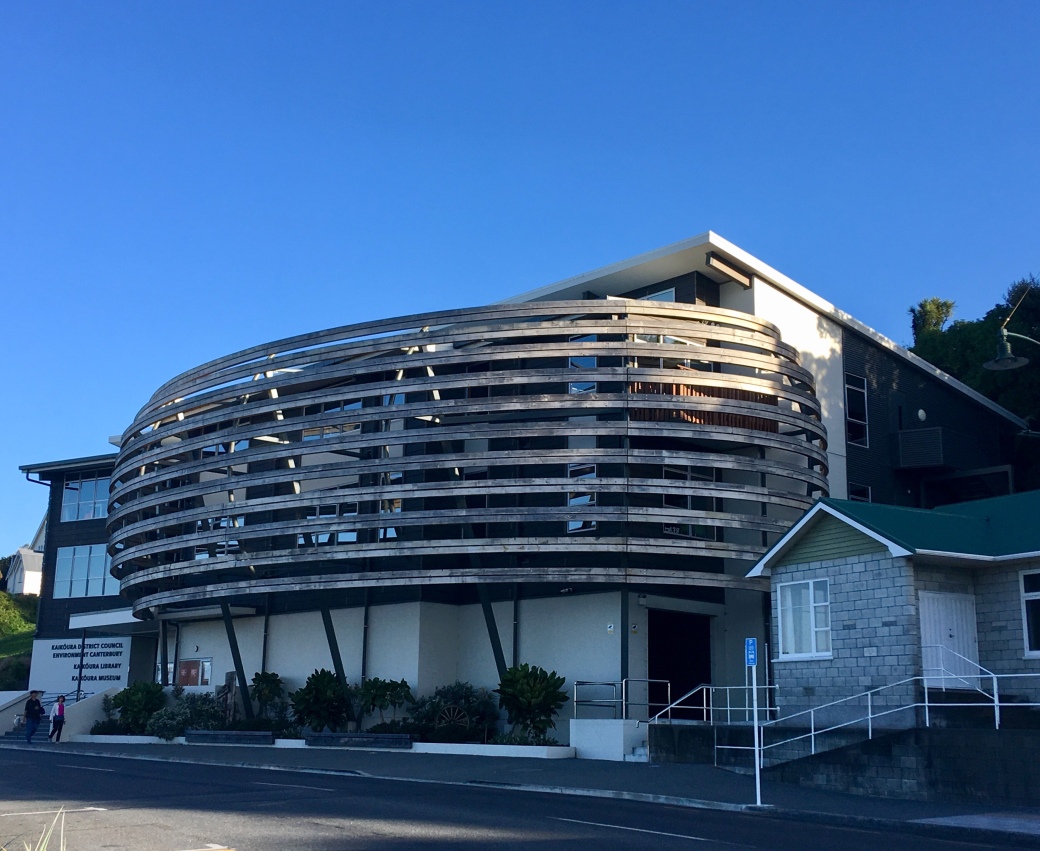

















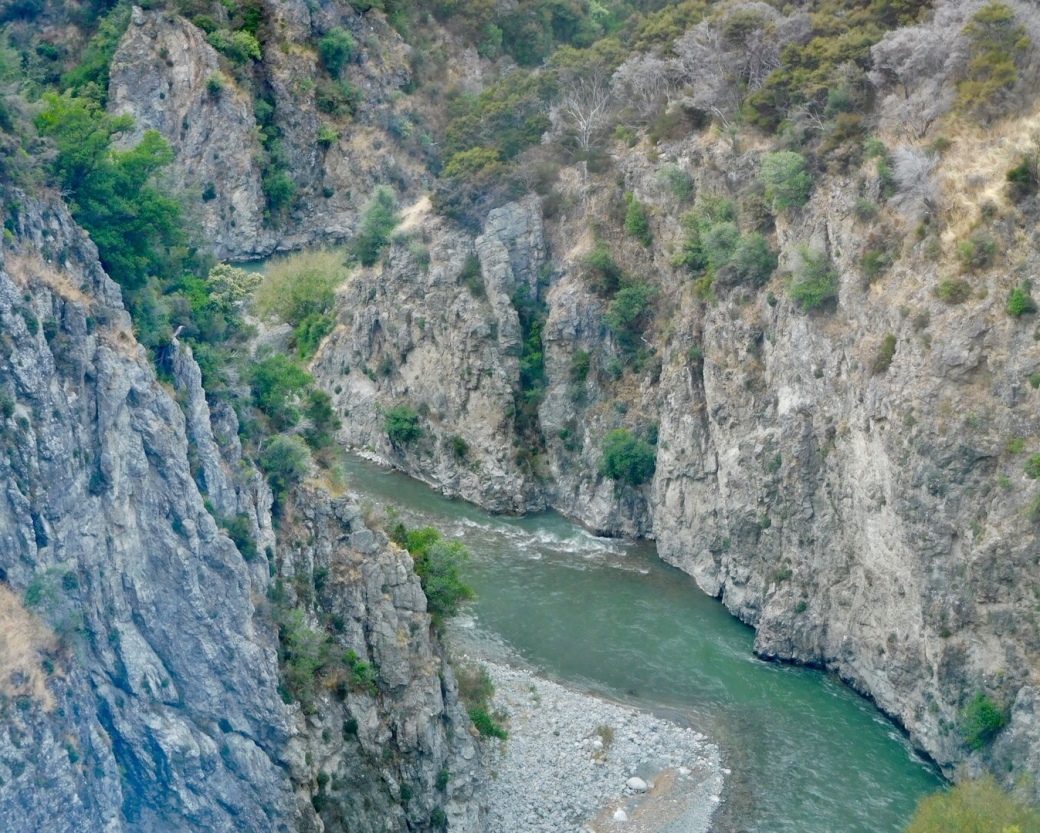

 Moana is the village at the centre of cottage country on Lake Brunner near Greymouth.
Moana is the village at the centre of cottage country on Lake Brunner near Greymouth.



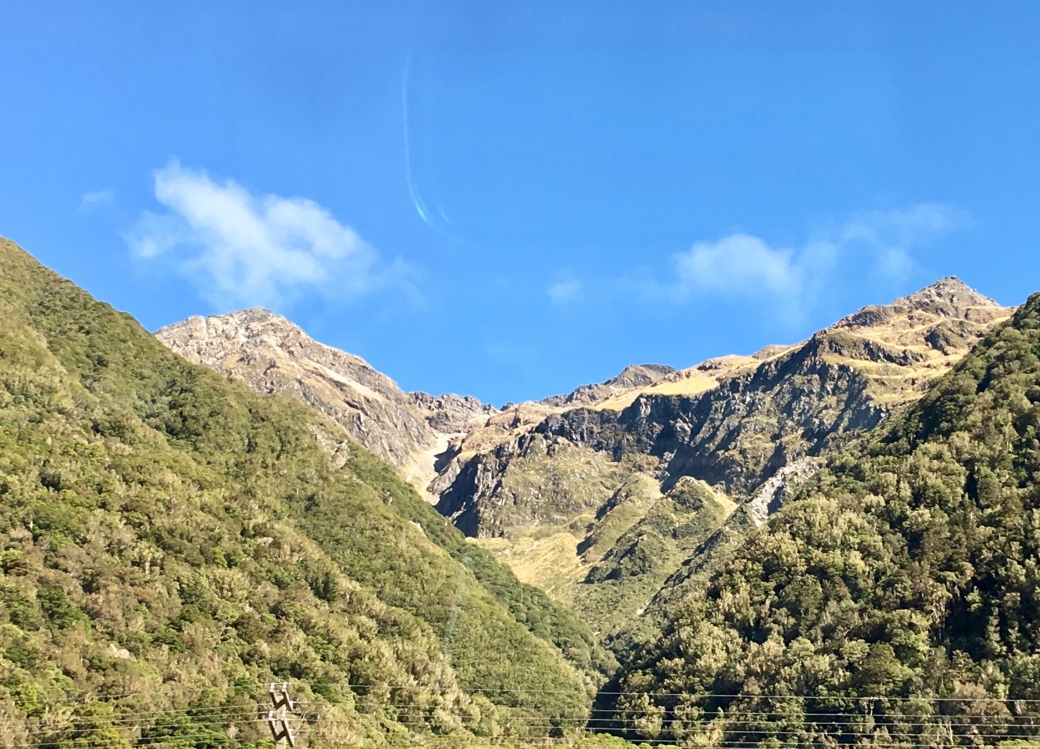

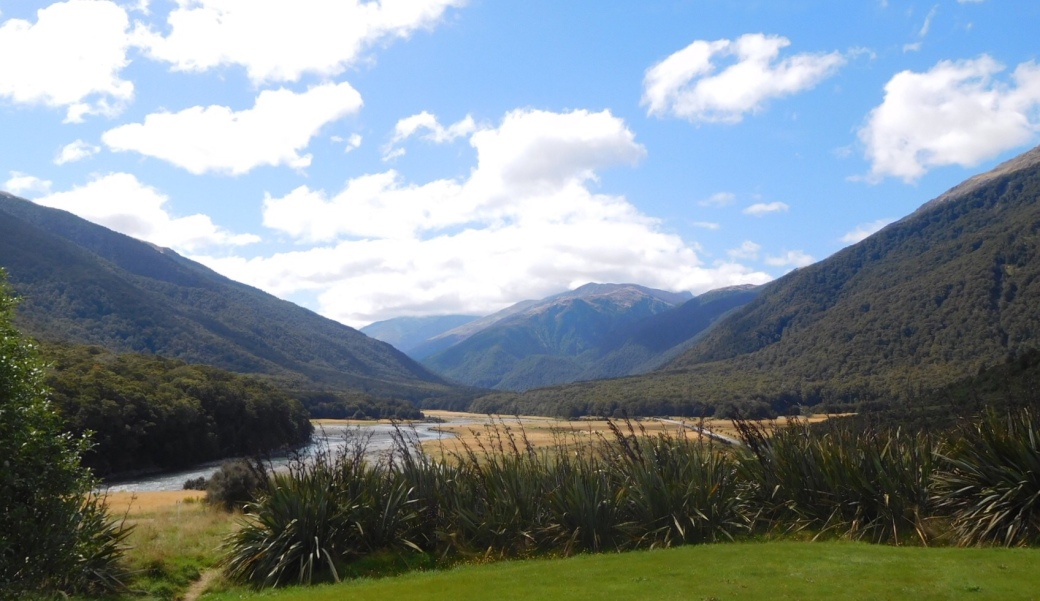




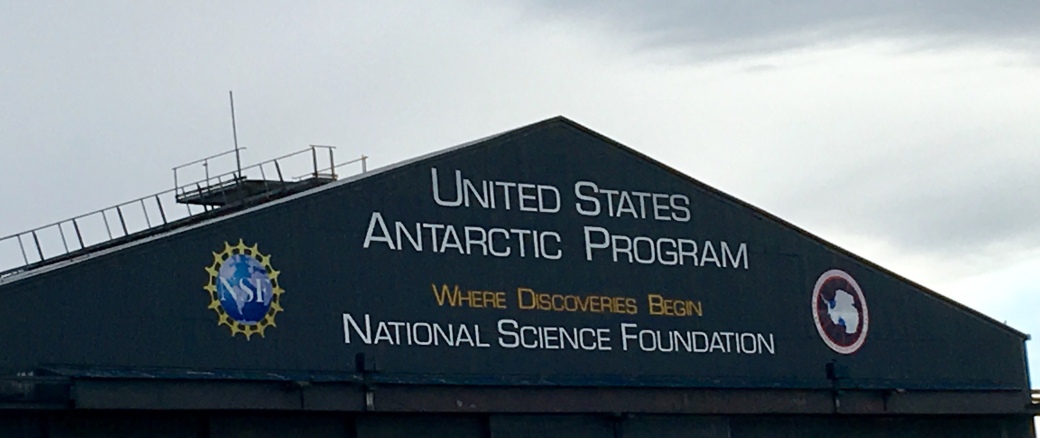








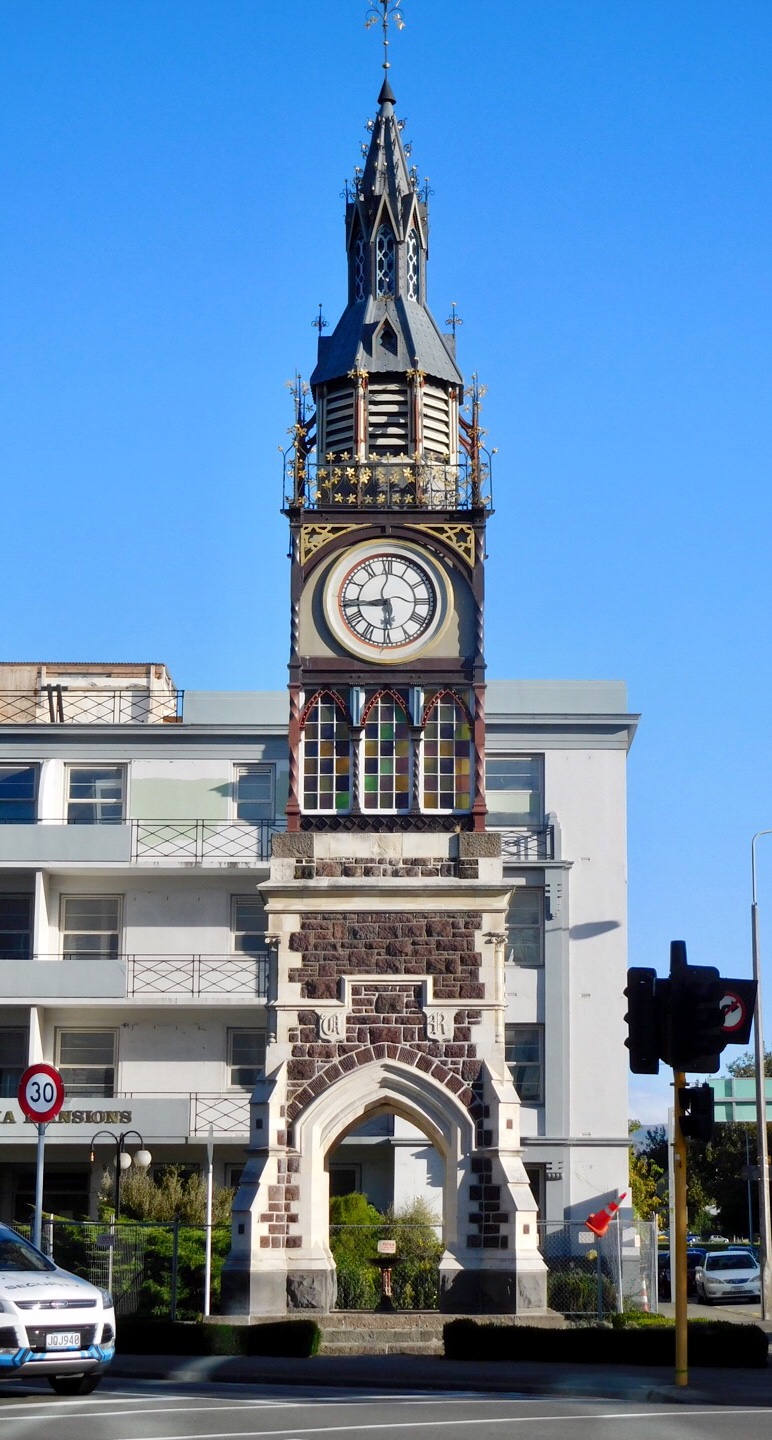







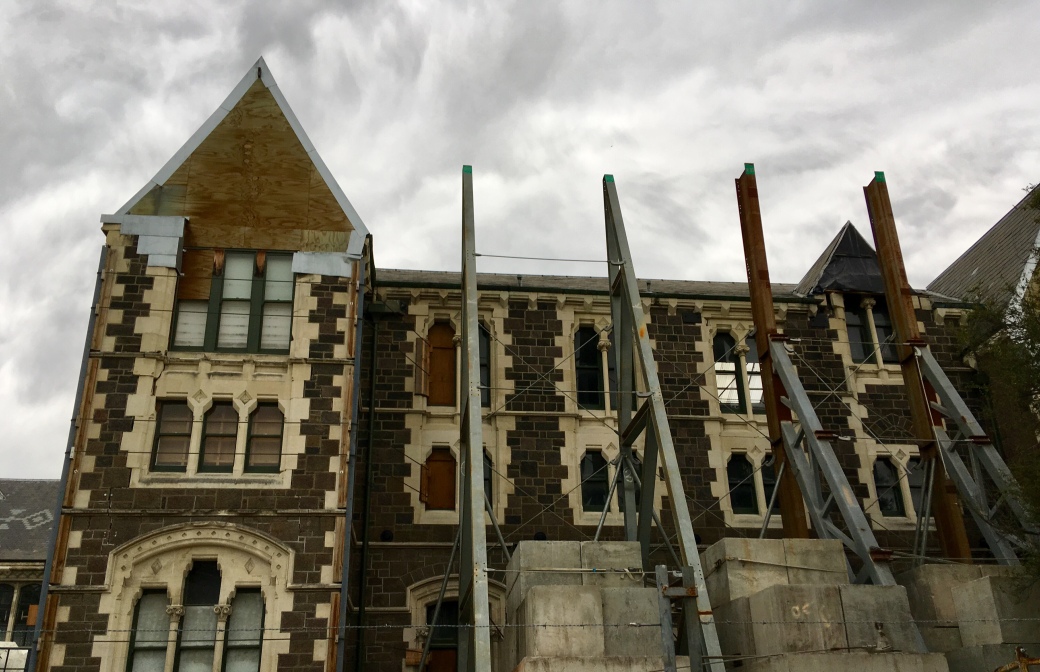

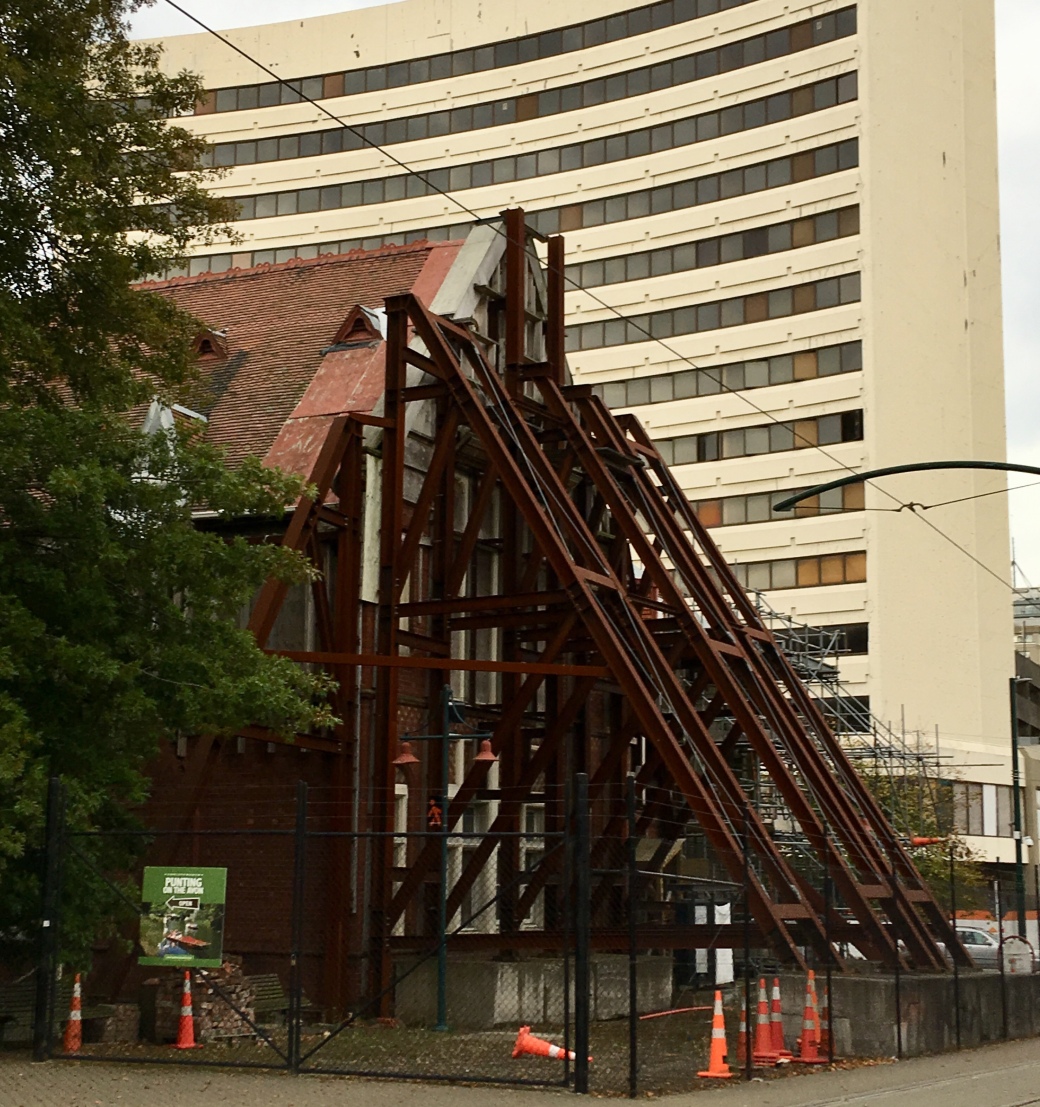







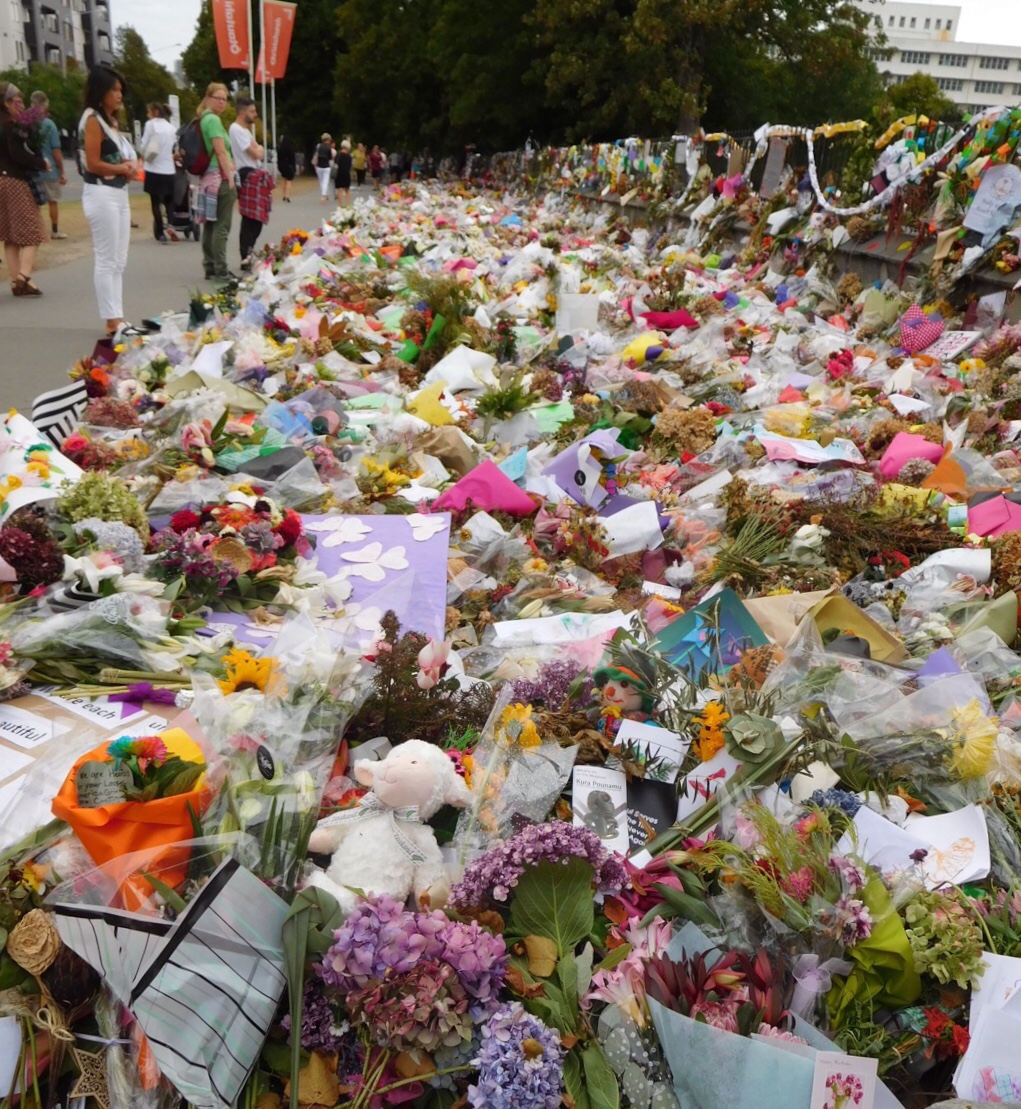

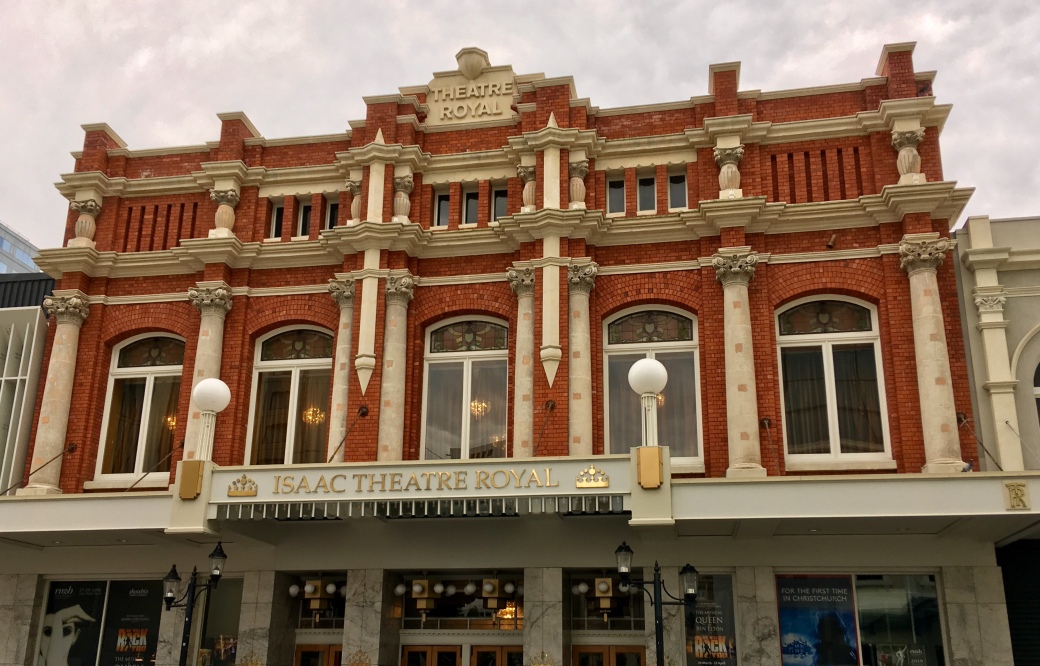


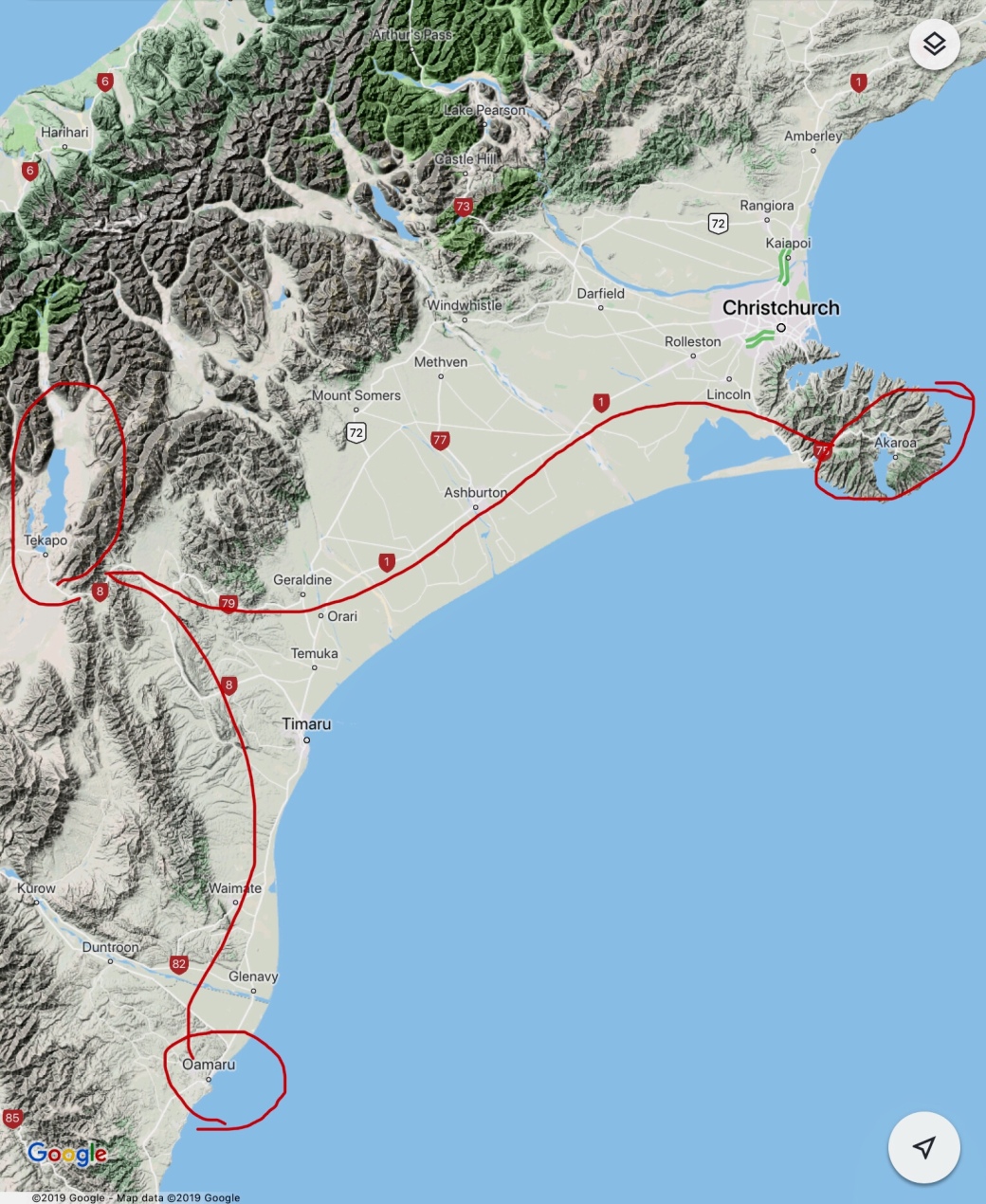 From Lake Tekapo to the seaside village of Akaroa is a full day’s drive when a stop for coffee and cake in Geraldine and a grocery run in Asherton is included in the trip.
From Lake Tekapo to the seaside village of Akaroa is a full day’s drive when a stop for coffee and cake in Geraldine and a grocery run in Asherton is included in the trip.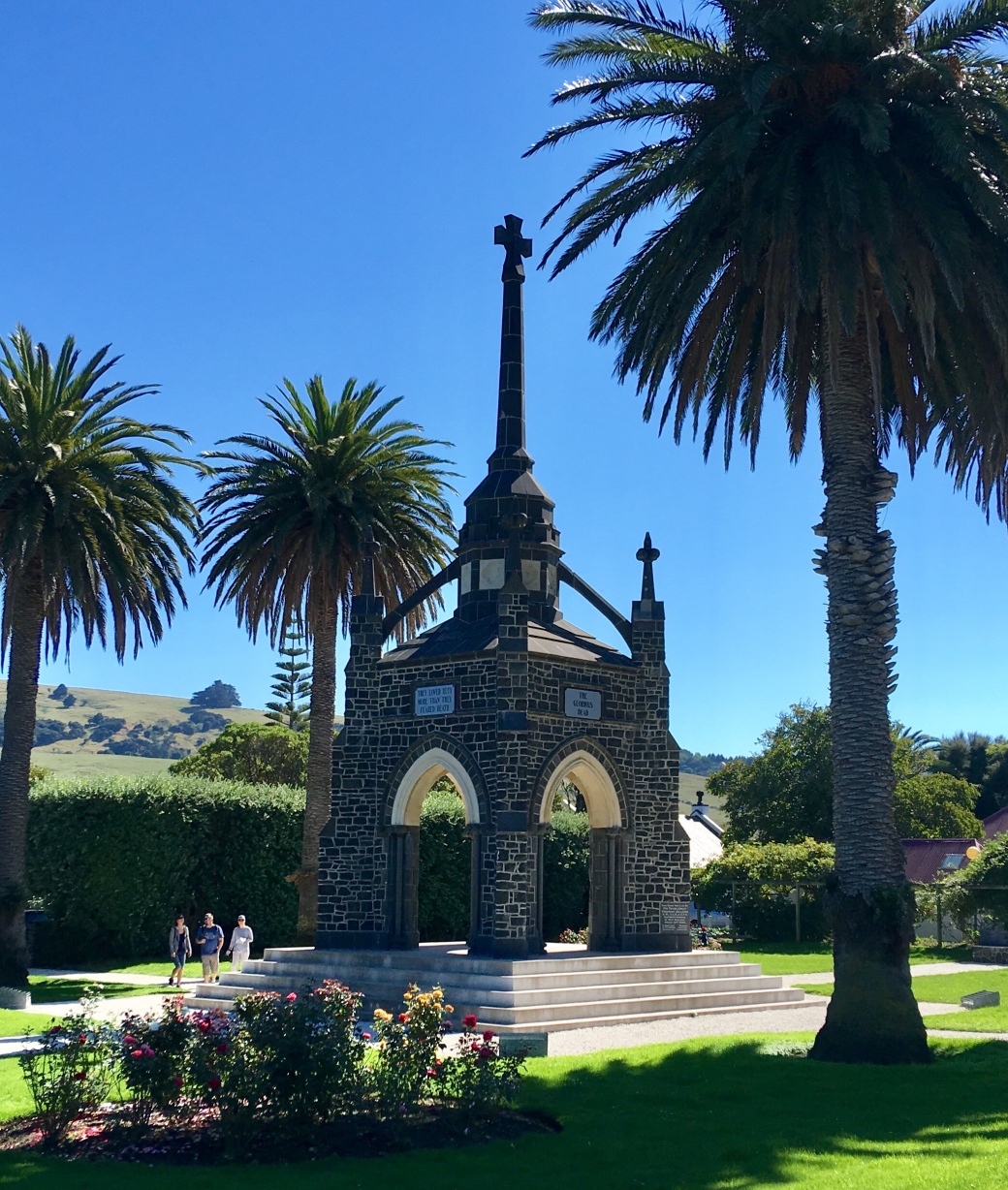











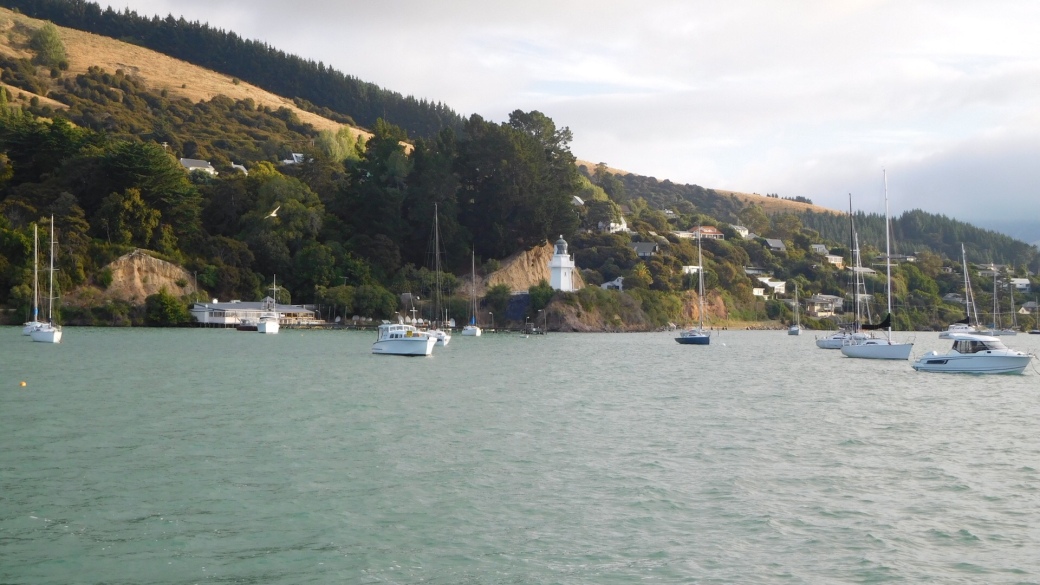












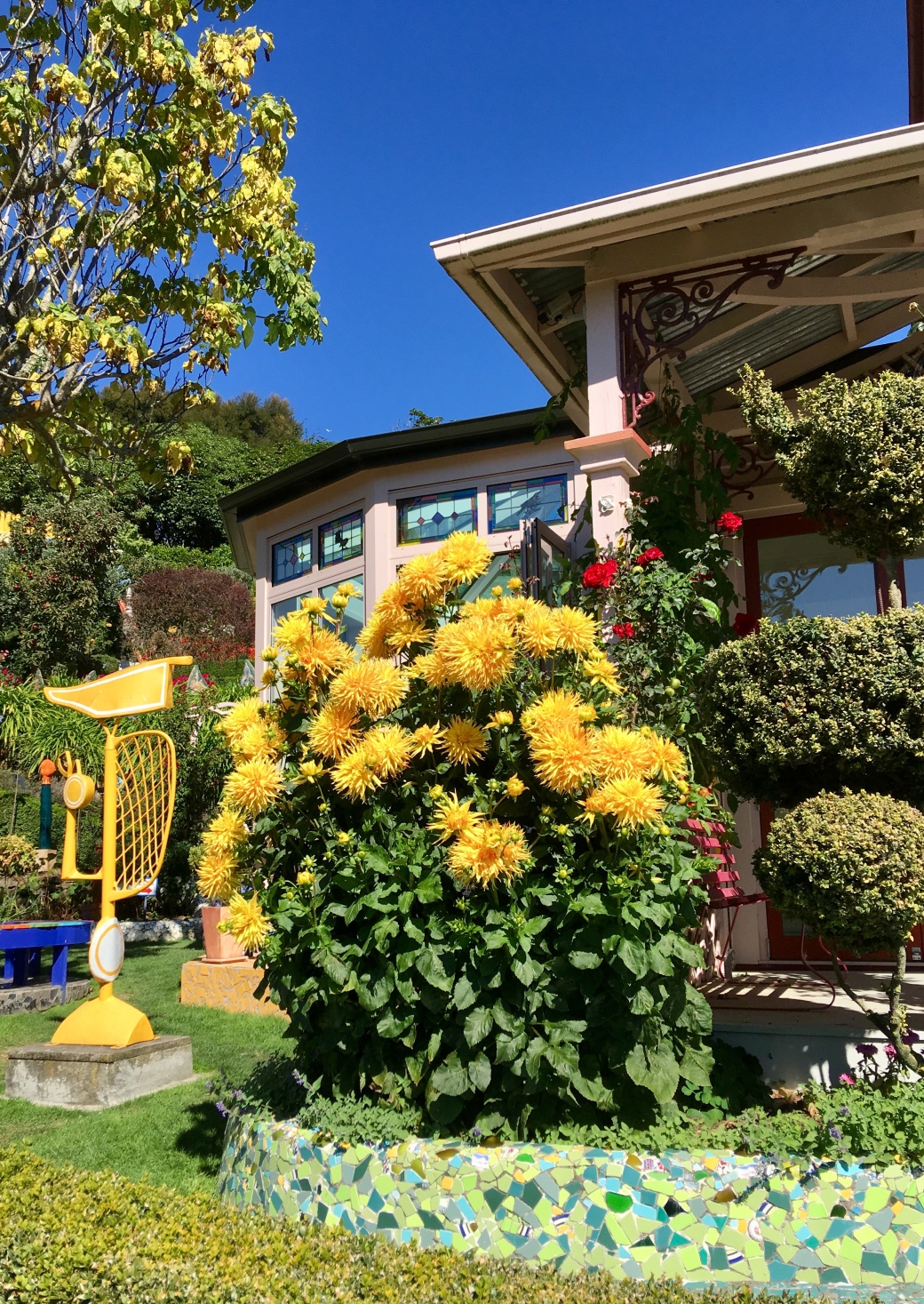




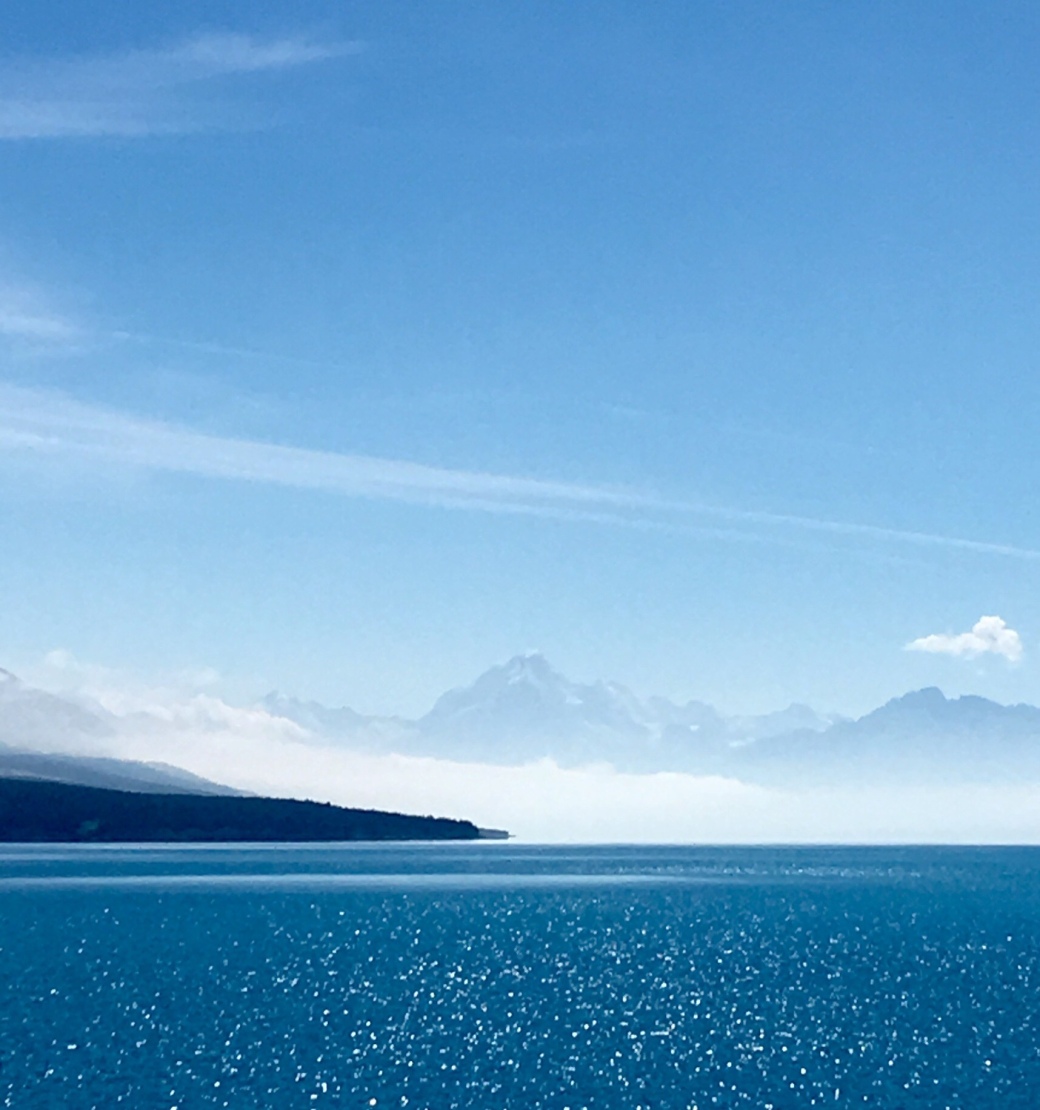
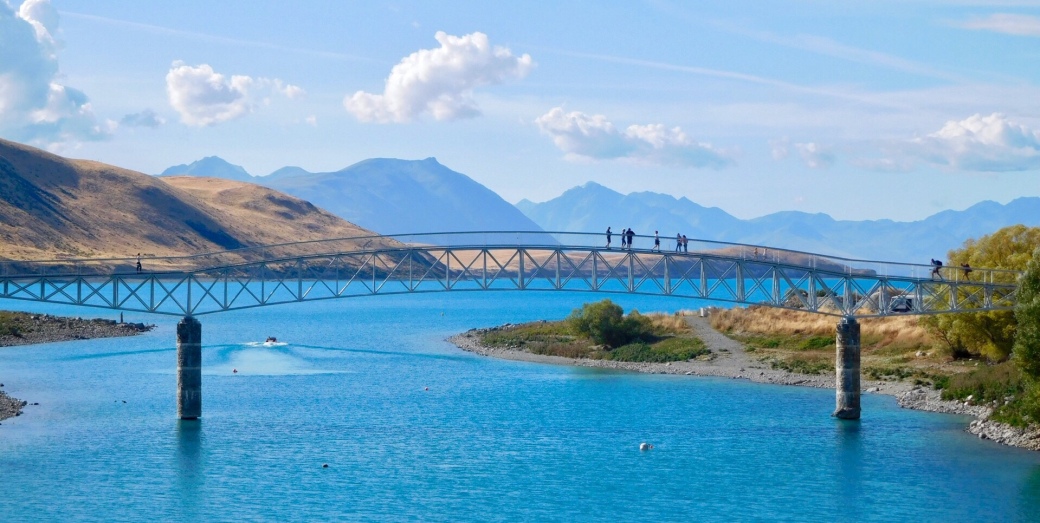






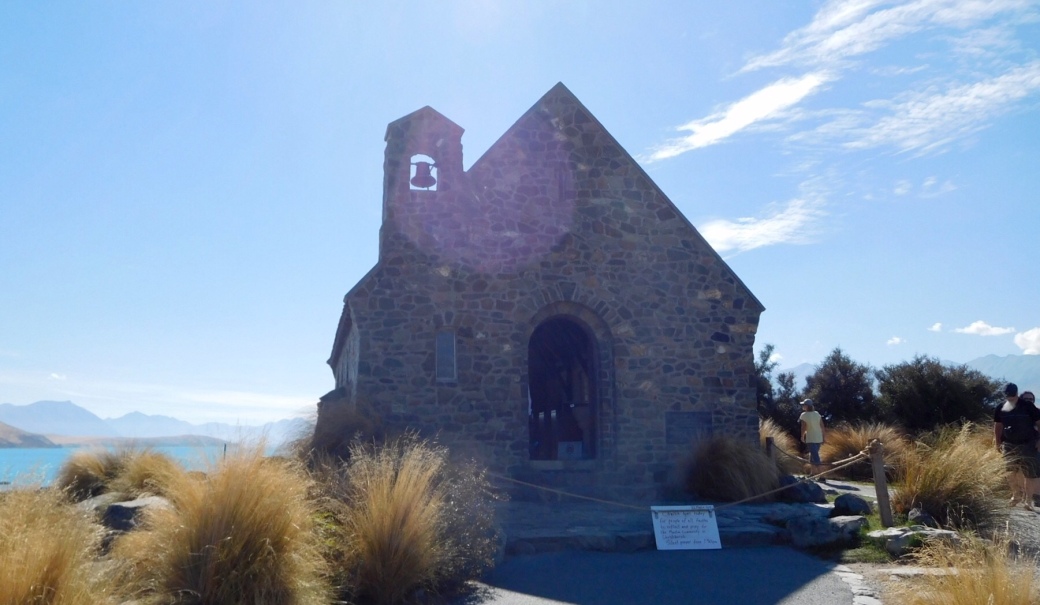
 The observatories at Mt. John are staffed by faculty and students of the University of Canterbury, Christchurch. This area is a dark sky reserve, making it ideal for astronomers. Star-gazing tours are offered at a couple of observatories in the area. The views during the day take in Lake Tekapo, the Mackenzie Plains and the Southern Alps.
The observatories at Mt. John are staffed by faculty and students of the University of Canterbury, Christchurch. This area is a dark sky reserve, making it ideal for astronomers. Star-gazing tours are offered at a couple of observatories in the area. The views during the day take in Lake Tekapo, the Mackenzie Plains and the Southern Alps.

